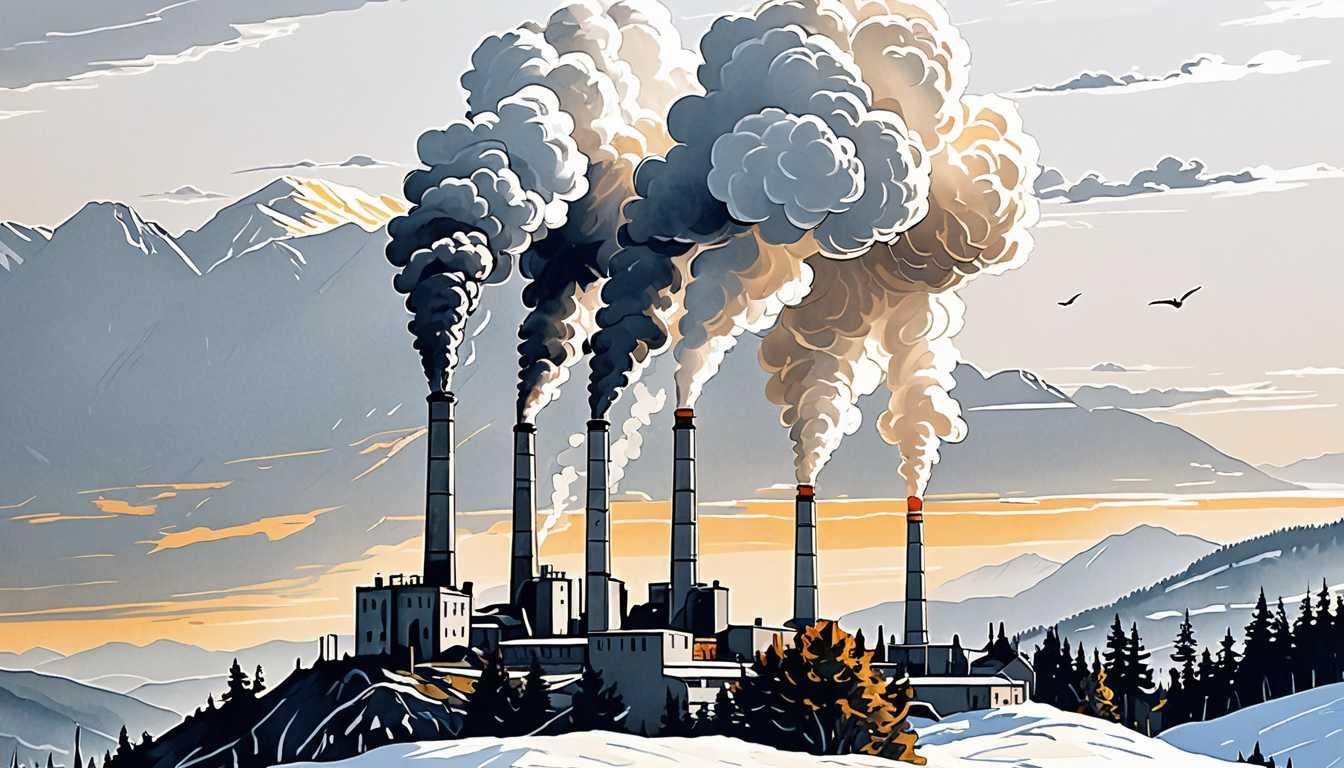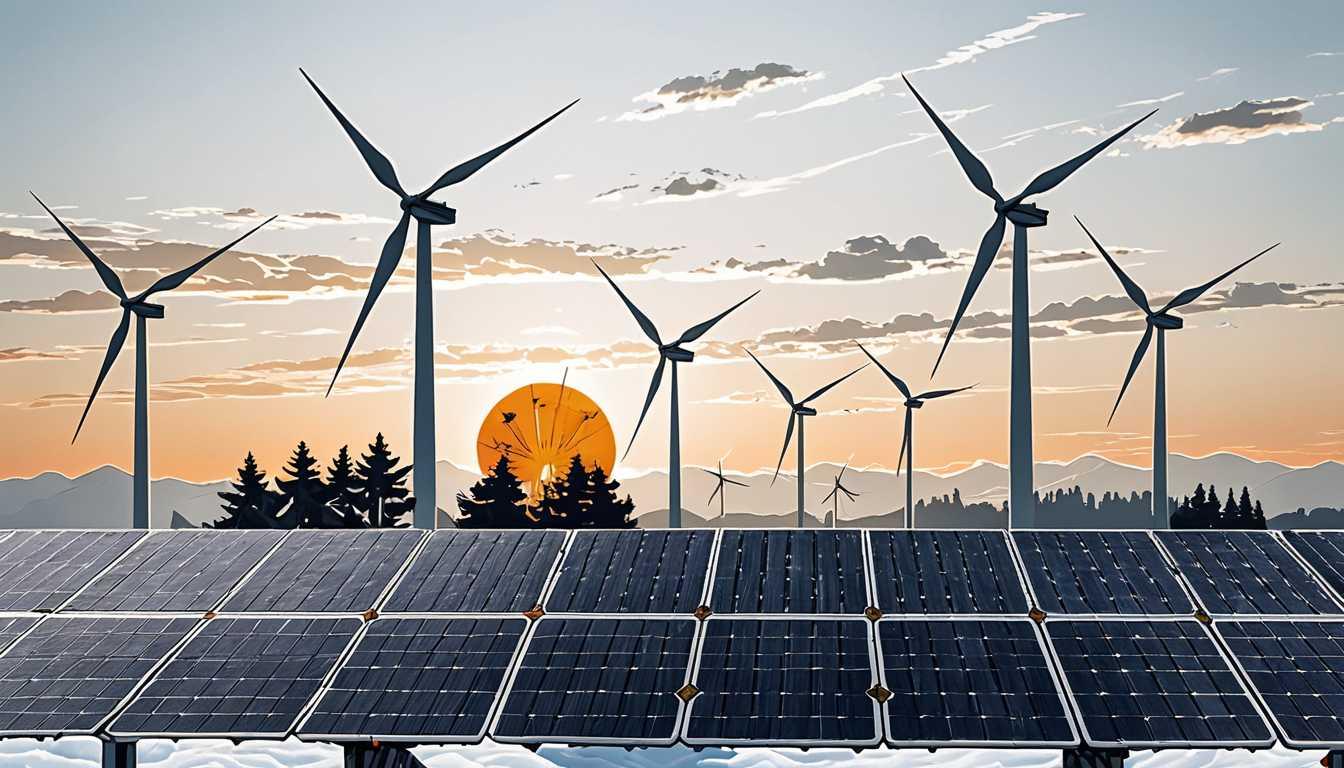Contrails: The Unexpected Climate Culprits
August 2024
Imperial College London
Introduction
Hey there, future climate warriors! A new study from Imperial College London reveals that modern aircraft, while being more fuel-efficient, are actually creating longer-lasting contrails that contribute to global warming. This double whammy means that even though they emit less carbon, their contrails are trapping heat for longer periods. The study also uncovers surprising facts about private jets being major culprits. So buckle up and dive into this eye-opening article to discover how the aviation industry is navigating these tricky skies!
READ FULL ARTICLEWhy It Matters
Discover how this topic shapes your world and future
Soaring into the Science of Contrails
Understanding contrails is crucial as they have a significant impact on our climate. As modern aircraft fly higher to save fuel and reduce carbon emissions, they inadvertently create longer-lasting contrails, which trap heat in the atmosphere. This double whammy of warming—where both carbon emissions and contrails contribute to climate change—poses a serious challenge for the aviation industry and our planet. It’s fascinating to think that while newer planes are more fuel-efficient, they can still negatively affect our environment. The implications are global - as climate change intensifies, it affects weather patterns, sea levels, and ecosystems worldwide, impacting everyone, including you! By becoming aware of these issues, you can engage in meaningful discussions about sustainability and potentially inspire solutions for a greener future.
Speak like a Scholar
Contrails
Short for condensation trails, these are the streaks of cloud formed when water vapor from an aircraft's exhaust freezes at high altitudes, creating clouds.
Aerosol
Tiny particles or droplets in the air that can affect weather and climate, they can come from natural sources or human activities, like burning fossil fuels.
Aerodynamic Drag
The resistance an object (like an airplane) faces when moving through air, reduced drag can lead to better fuel efficiency.
Carbon Emission
The release of carbon compounds, particularly carbon dioxide, into the atmosphere, these emissions contribute to global warming.
Thermal Expansion
The increase in volume of water (or any material) as it warms, this can lead to rising sea levels as global temperatures rise.
Soot Particles
Tiny black particles created from burning fossil fuels, they can affect air quality and contribute to the formation and longevity of contrails.
Independent Research Ideas
Investigate the impact of contrails on local weather patterns
Explore how contrails change temperature or precipitation in specific regions and what that means for local ecosystems.
Study the relationship between aviation fuel types and contrail formation
Analyze how different types of jet fuel impact the amount and longevity of contrails produced by aircraft.
Examine the socioeconomic factors influencing private jet use
Delve into why private jets are used more by the wealthy and how this affects climate disparities globally.
Research the technological advancements in aircraft design to reduce contrail formation
Look into innovative designs and materials that could minimize contrail effects while maintaining fuel efficiency.
Explore public perceptions of air travel and climate change
Conduct surveys or interviews to understand how your peers view the environmental impacts of flying and what changes they would like to see in the aviation industry.
Related Articles

Rethinking Corporate Climate Goals: The Real Story
July 2024
MIT Technology Review

Revolutionizing Trucking: The Power of Trailers
July 2024
MIT Technology Review

The Hidden Gases of Climate Change Explained
September 2024
MIT Technology Review

Game On: Tackle Climate Change Together!
June 2024
MIT Technology Review

Smart Siting: Renewable Energy's New Game Plan
December 2024
MIT News